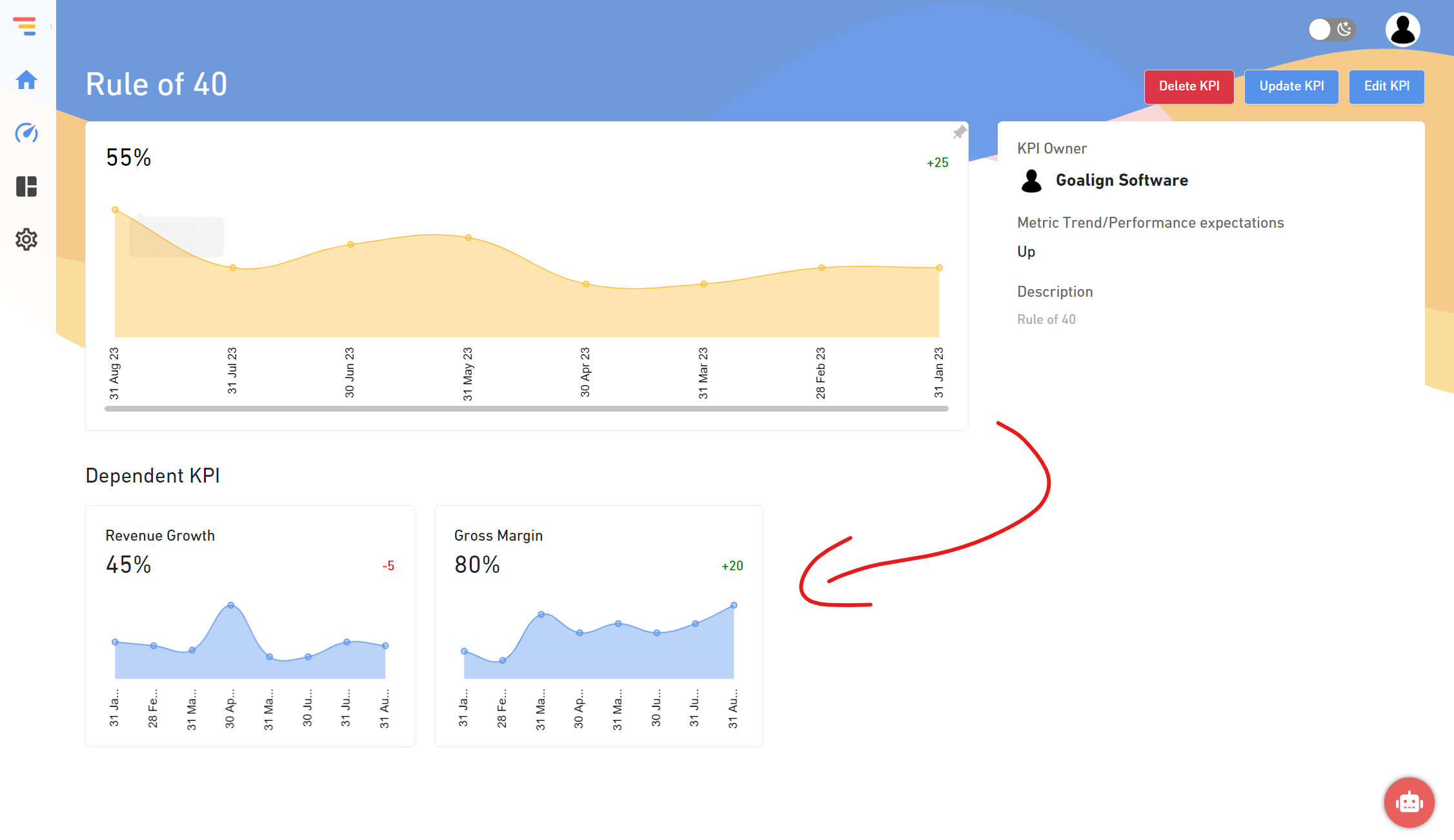Introduction to OKR:
OKR has evolved into one of the most successful and widely used goal-setting techniques. OKR’s appeal rests in its simplicity; it’s a collection of best practices culled from over 75 years of experience, packaged together and dramatically condensed.
The contemporary workplace is complicated, which frequently leads to poor employee engagement, strategies that are detached from implementation, and businesses that struggle to unite teams around vital objectives and visions. Problems that inhibit innovation hurt growth and make it difficult for individuals to live meaningful lives.
OKR is well-equipped to address these issues. This tutorial will assist you in selecting and writing the appropriate OKRs.
OKR Examples
Finance OKRs
Due to many business-as-usual obligations, finance teams frequently struggle to execute OKRs. Before they can devote their attention to enhancements, they must complete several operational responsibilities.
This is not to say that financial teams should not have OKRs. Improvement work is critical, and if you don’t make time for it, your business will suffer as a result.
Consider the following OKR example for the finance team: company A has the overarching aim of “Improve cross-team collaboration.”
Marketing OKRs
Marketers are subjected to a great deal of stress. The competition is tough, the expectations are high, and it may take longer than a quarter to see any impact on conversion rates, ad ROI, and marketing plan efficiency.
Sales OKRs
Sales teams are far more data-driven than any other department in a company. As a result, they are better equipped to design their Objectives and Key Results, but they are also unexpectedly perplexed about the efficacy of the OKR process.
Why does your sales team require a new goal framework if you already have objectives to meet? The answer is simple: your KPIs should not be included in your OKRs. These two approaches serve distinct purposes, but there is a clear link between performance indicators (KPIs) and improvement objectives (OKRs).
HR OKRs
The two most common Objectives in HR & People Management teams are improving employee engagement and better structuring internal procedures. Cultural shifts are difficult to quantify, yet we always know internal conflicts or inefficient processes. So the battle is genuine, and the positive change would be palpable.
A Step-by-Step Process for Writing OKRs
One of the reasons we like OKRs so much is because they aren’t created in a boardroom. Everyone has a say in the goals, and everyone is responsible for success. Here are eight stages to help you create and accomplish OKRs at the corporate, team, and individual levels.
1. Understand your company goals
Understanding your organization’s goals is the first step in creating successful OKRs. Once you’ve established your vision, you can translate those high-level objectives into actionable team OKRs that will propel your company ahead.
Keep in mind that OKRs should not be established in isolation. Everything should be stacked on top of each other. Starting with well-defined goals informs your team’s OKRs, which in turn guide your OKRs. This will assist everyone in remaining aligned and going in the same direction.
2. Choose the right tools
Having the correct tool for the job is crucial in every undertaking. Excellent tools are available to support and keep focused on your OKRs, from brainstorming meetings on goals and objectives to measuring your progress – mainly if you operate in a remote or hybrid workplace.
- Miro: We adore whiteboards for brainstorming, but whether you’re working with a remote team or from home, Miro is the next best thing (although there are typically muffins when you brainstorm in person).
- Goal Library of Hypercontext: Looking for motivation to set your objectives and OKRs? We’ve got over 240 free examples in our Goal Library to help you out.
- Google Sheets: When it comes to tracking the finer points of your goals, Google Sheets is an essential yet powerful tool – which is why so many people use it. It also allows you to work with your team.
- Goal tracking in hyper context: One of the reasons we created Hypercontext was to keep your team informed on the status of your OKRs. It combines meetings and objectives into a single, easy-to-use process, allowing teams to collaborate and stay on the same page regardless of location.
3. Involve your whole team
OKRs are bidirectional rather than top-down. OKRs should be developed with participation from all team members, resulting in a shared feeling of ownership and accountability on your team.
So, once you’ve established your company’s goals and set in place the necessary tools, convene a team gathering to begin brainstorming and fine-tuning your OKRs for the quarter. Then, don’t forget to meet with team members one-on-one to explain how their specific OKRs fit into the larger picture. Then, as the quarter progresses, don’t forget to keep the team updated on progress so that everyone can see the impact of their effort and that of their peers.
4. Make an objective statement for your OKRs.
Your objectives are the destination you’re aiming towards. Therefore they should come first, followed by your significant outcomes and efforts. It might be tempting, to begin with, consequences, but the purpose guides the main results. Your aim should be one line long and accompanied by a brief description.
Your goals must be lofty; therefore, it’s natural to feel apprehensive while setting them. If not, reconsider—you could be setting the bar too low.
5. Develop key results
The key findings are how progress toward the goal is measured. If the goal is to get to a specific location, your key results are the road plan to get there.
With significant findings, you will be able to specify how you will measure your development. Remember, they should be related to your goal and easily quantifiable.
6. Plan your initiatives
Combine all of this with one additional component — initiatives. Initiatives are the means through which you will put the OKRs into action. Here are two instances of how the whole combination of aim, important outcome, and initiative may look:
Objective
- Make your firm the best at remote work.
- Be one of the top five best-selling SaaS solutions.
Key Result
- Have a score of 30 on the eNPS.
- Produce 50 incoming leads.
Initiative
- Begin afresh paid online marketing campaign.
- Conduct eNPS surveys with workers every month.
7. Track them consistently
For OKRs, far too many companies begin with the most excellent intentions. They collaborate on brainstorming tasks in their teams. They created visually appealing templates for their OKRs. They then, tragically, save them to a shared disk and forget about them. OKRs are effective when they are tracked and reviewed. Find strategies to include OKR evaluations into your approach. Individual OKRs might be scanned at 1:1s, team OKRs at weekly team meetings, or organizational OKRs at quarterly town hall meetings.
8. Celebrate 70%
When we explored what makes a successful OKR, we addressed the importance of making it challenging. The finest OKRs are just out of reach – they’re designed to motivate your team. However, they should not be demotivated by being entirely unattainable. The line between the two is razor-thin. That is why it is critical to recognize and celebrate your accomplishments, even if you do not achieve 100 percent of the main goals.
Conclusion:
It is critical to remember that the OKR approach is about more than simply defining Objectives; it is also about including people in the goal-setting process and creating an open and transparent culture. Maintaining this culture requires continuous and regular OKR check-ins to keep you on track and ensure you never lose sight of your priorities.






